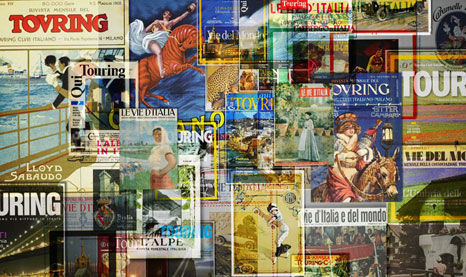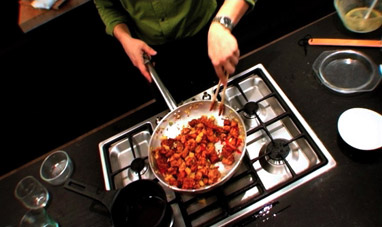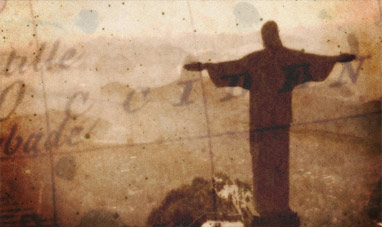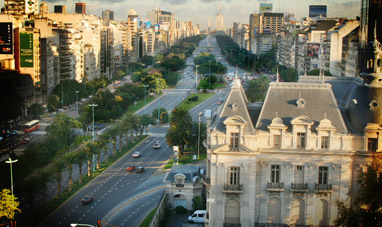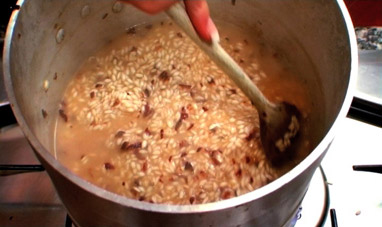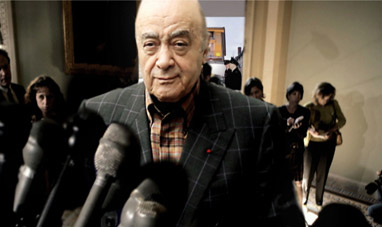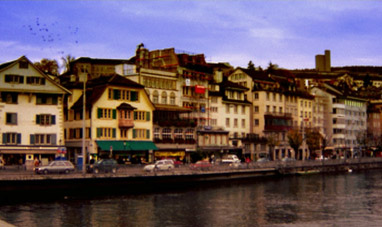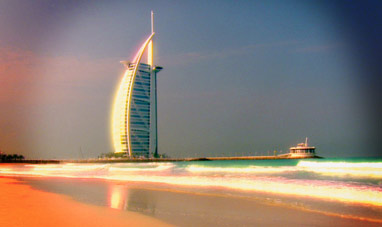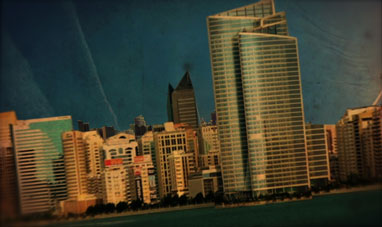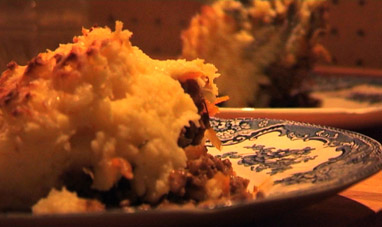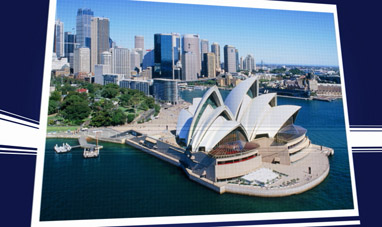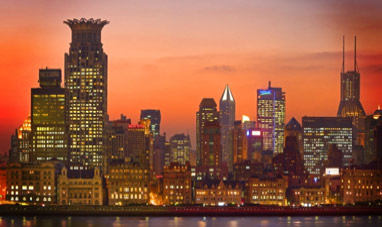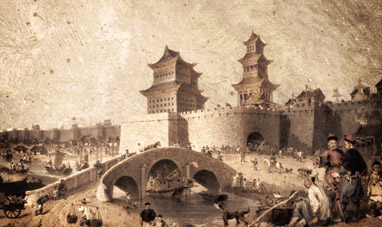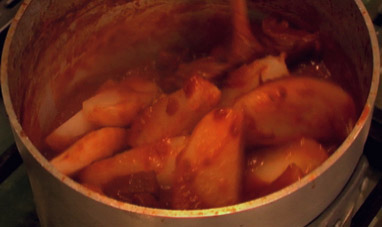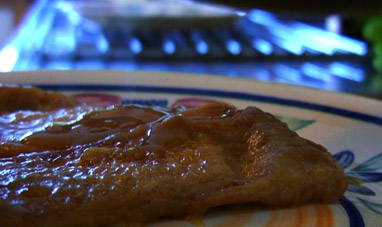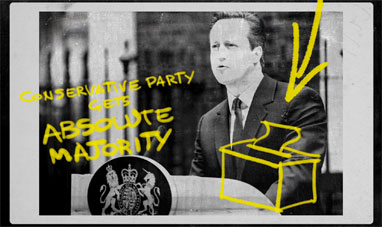London is the capital of England. In 43 AD the Romans founded Londinium. The settlement would become one of their most important in Northern Europe, playing a key military and commercial role. At the beginning of the 5th Century, Roman legions gradually pulled out of Londinium, leaving it exposed to cyclical invasions of Germanic and Nordic peoples. Four centuries later, the spread of Christianity in Britannia led to a period of cultural reawakening. St. Edward the Confessor, crowned in 1042, established the city limits and took up residence in Westminster, where he founded an abbey by the same name. In 1066, William the Conqueror became England’s first Norman king. William ordered the Tower of London be built and had the Domesday Book compiled. The book is the definitive record of property in England, and is still used today. Elizabeth I turned England into one of Europe’s leading powers. In 1588 she defeated the “invincible” Spanish Armada and established England as the supreme power of the high seas. The Bankside area, along the Thames, became a home to theaters, brothels and taverns. The Globe Theater, where many of Shakespeare’s plays were first performed, was located there. Many of the brothels and taverns were torn down during the reign of Puritan Oliver Cromwell, who came to power in 1648 after the English Civil War. After his death in 1658, his son Richard succeeded him for two tumultuous years, and in 1660 the monarch Charles II was restored.
On September 2, 1666, the Great Fire destroyed three-quarters of London. The city was rebuilt using mostly brick and stone.
In the 18th and 19th Centuries, increased trade prompted the construction of large port warehouses, bridges, roads, railroads and other infrastructures. This transformation, which would be known as the industrial revolution, was completed during Queen Victoria’s reign. In 1863, the world’s first subway was opened in London. In the Twentieth Century, the city was severely gravely damaged during World War Two. The Blitz, German air raids carried out continuously between September 1940 and May 1941, destroyed entire neighborhoods, including Westminster, Holborn and the City. Rebuilt at record-breaking speed, in 1948 London was ready to host the Olympic Games. Elizabeth II became queen of the United Kingdom in 1952. In the 1960s Carnaby Street was the center of “Swinging London,” a period of new music and liberal lifestyles. In 1977 the nihilistic punk era began, making London the international capital of underground culture. In September 1997 London came to a standstill for Princess Diana’s funeral. Millions of people lined the streets to pay homage to the princess. On July 6, 2005, the city celebrated its victorious bid to host the 2012 Olympics. The following day, London was struck by four simultaneous terrorist attacks that killed 56 people.
On September 2, 1666, the Great Fire destroyed three-quarters of London. The city was rebuilt using mostly brick and stone.
In the 18th and 19th Centuries, increased trade prompted the construction of large port warehouses, bridges, roads, railroads and other infrastructures. This transformation, which would be known as the industrial revolution, was completed during Queen Victoria’s reign. In 1863, the world’s first subway was opened in London. In the Twentieth Century, the city was severely gravely damaged during World War Two. The Blitz, German air raids carried out continuously between September 1940 and May 1941, destroyed entire neighborhoods, including Westminster, Holborn and the City. Rebuilt at record-breaking speed, in 1948 London was ready to host the Olympic Games. Elizabeth II became queen of the United Kingdom in 1952. In the 1960s Carnaby Street was the center of “Swinging London,” a period of new music and liberal lifestyles. In 1977 the nihilistic punk era began, making London the international capital of underground culture. In September 1997 London came to a standstill for Princess Diana’s funeral. Millions of people lined the streets to pay homage to the princess. On July 6, 2005, the city celebrated its victorious bid to host the 2012 Olympics. The following day, London was struck by four simultaneous terrorist attacks that killed 56 people.



